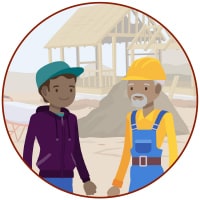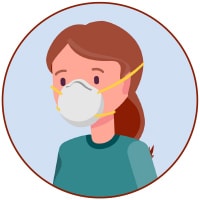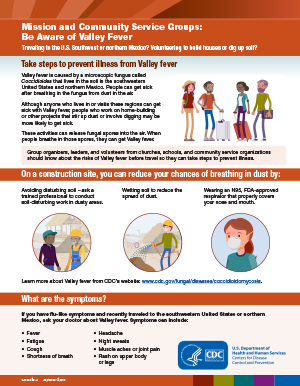Mission and Community Service Groups: Be Aware of Valley Fever
Traveling to the U.S. Southwest or northern Mexico? Volunteering to build houses or dig up soil?

Take steps to prevent illness from Valley fever
Valley fever is caused by a microscopic fungus called Coccidioides that lives in the soil in the southwestern United States and northern Mexico. People can get sick after breathing in the fungus from dust in the air.
Although anyone who lives in or visits these regions can get sick with Valley fever, people who work on home-building or other projects that stir up dust or involve digging may be more likely to get sick.
These activities can release fungal spores into the air. When people breathe in those spores, they can get Valley fever.
Group organizers, leaders, and volunteers from churches, schools, and community service organizations should know about the risks of Valley fever before travel so they can take steps to prevent illness.

Avoiding disturbing soil – ask a trained professional to conduct soil-disturbing work in dusty areas.

Wetting soil to reduce the spread of dust.

Wearing an N95, FDA-approved respirator that properly covers your nose and mouth.
Learn more about Valley fever from CDC’s website: www.cdc.gov/fungal/diseases/coccidioidomycosis.
If you have flu-like symptoms and recently traveled to the southwestern United States or northern Mexico, ask your doctor about Valley fever. Symptoms can include:
- Fever
- Fatigue
- Cough
- Shortness of breath
- Headache
- Night sweats
- Muscle aches or joint pain
- Rash on upper body or legs

Download the print version of the Mission and Community Service Groups: Be Aware of Valley Fever Factsheet pdf icon[PDF - 1 page].